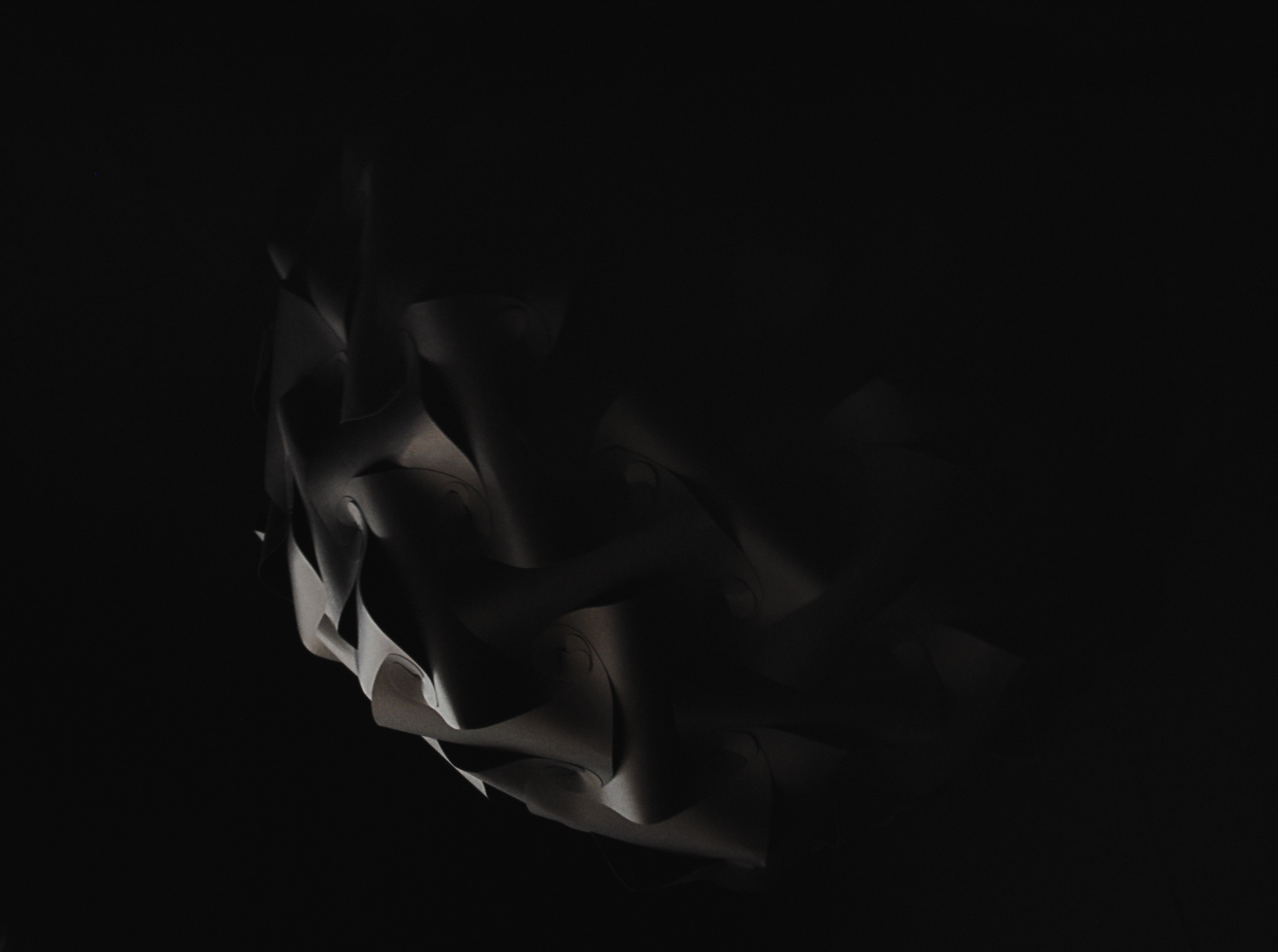u.127
1637-1643 W Howard St, Chicago IL
December 9, 2014 - March 10, 2015

Quasars are the nuclei of galaxies from the early days of the universe that undergo periods of extremely high brightness that make them visible across huge distances. These periods are 'brief' in astrophysics terms but actually last 10-100 million years. In 1982 it was discovered that quasars tend to group together in clumps or 'structures' of surprisingly large sizes, forming large quasar groups or LQGs. A team of scientists, led by Dr. Roger Clowes from UCLan's Jeremiah Horrocks Institute, has identified a LQG, designated u1.27, which is so significant in size that it challenges the Cosmological Principle: the assumption that the universe, when viewed at a sufficiently large scale, looks the same no matter where you are observing it from. To give some sense of scale, our galaxy, the Milky Way, is separated from its nearest neighbor, the Andromeda Galaxy, by about 0.75 Megaparsecs (Mpc) or 2.5 million light-years. Dr. Clowes' newly discovered LQG however has a typical dimension of 500 Mpc. But because it is elongated, its longest dimension is 1200 Mpc (or 4 billion light years) – some 1600 times larger than the distance from the Milky Way to Andromeda.
This equates to u1.27 being roughly 2% of the known universe. In comparison, our galaxy represents 0.000002% of the universe, and our solar system, let alone our planet, essentially becomes a percentage bordering on non-existent. In this installation, a sphere is constructed to be 2% of the volume of the surrounding space, giving a physical model of the scale at which u1.27 exists. This space being a representation of the known universe, the sphere has a volume of 7163.65 cubic inches. Our galaxy would be approximately the size of a blood cell. Our solar system would be smaller than a quark, the subatomic particles that combine to form protons and neutrons. There is not an accurate physical model to compare the scale at which our planet would exist.
